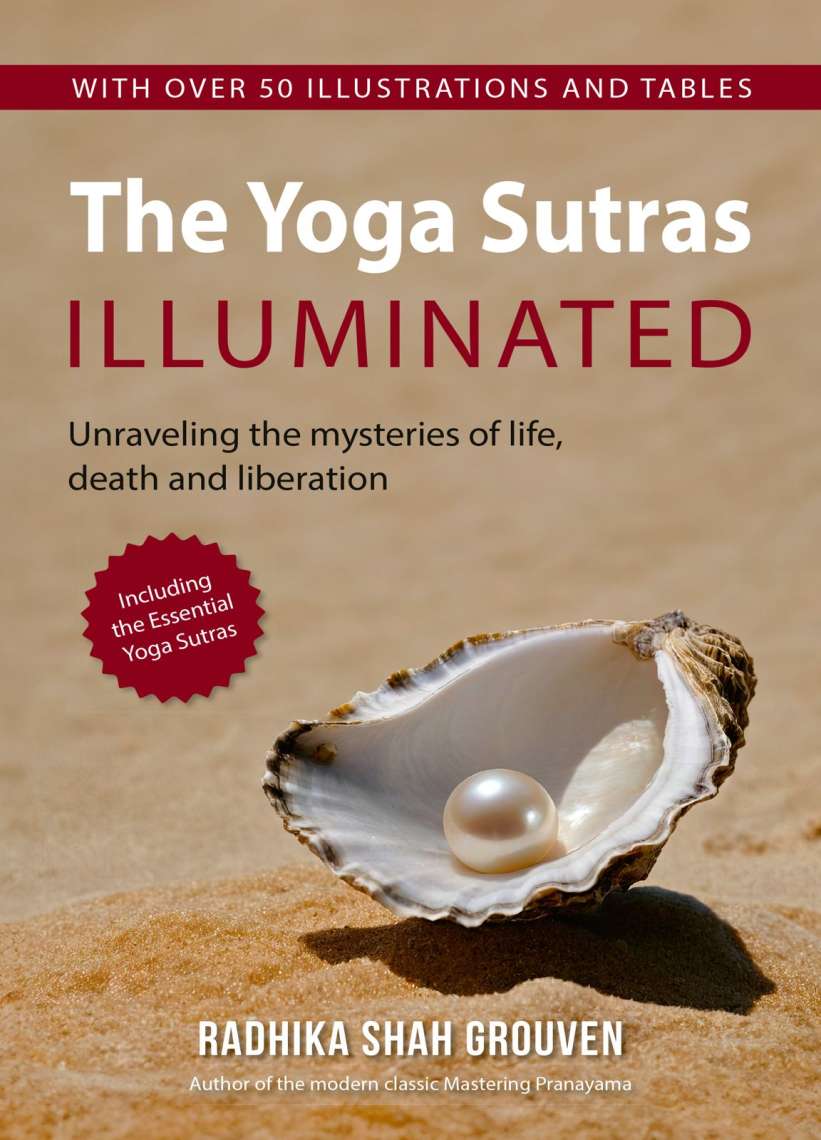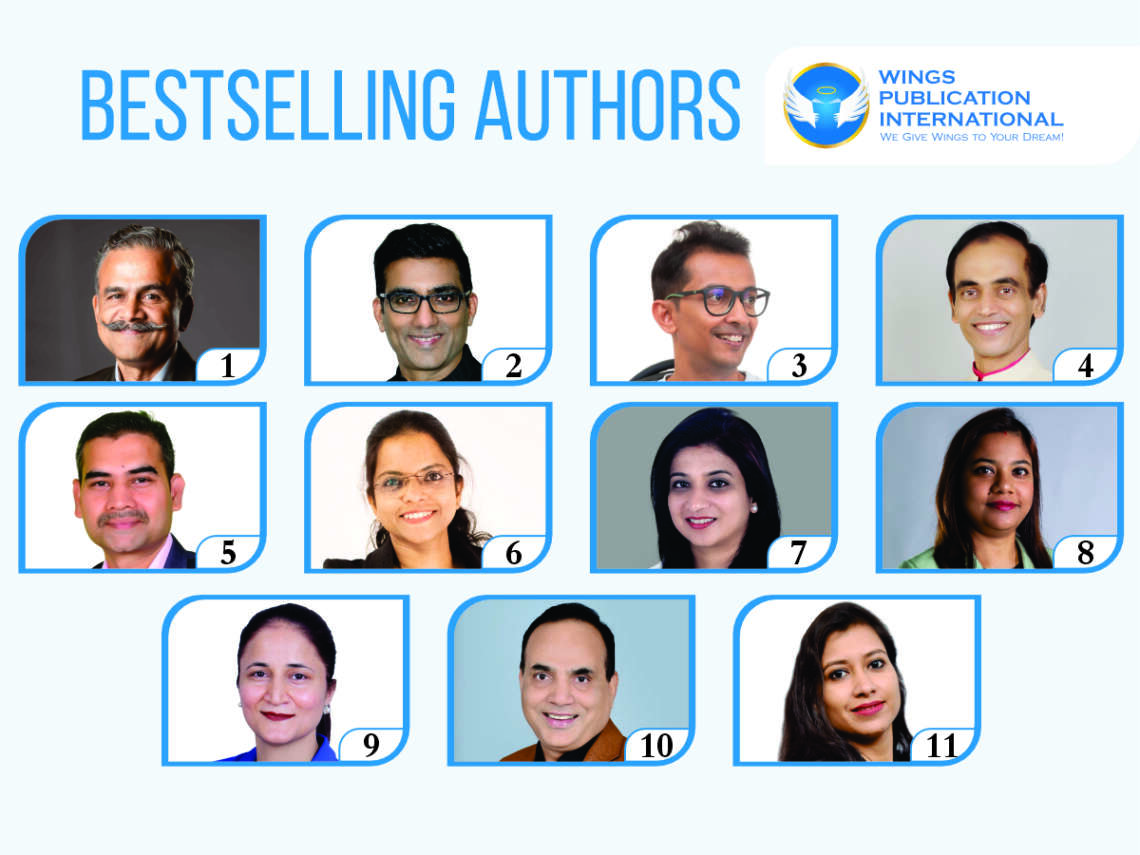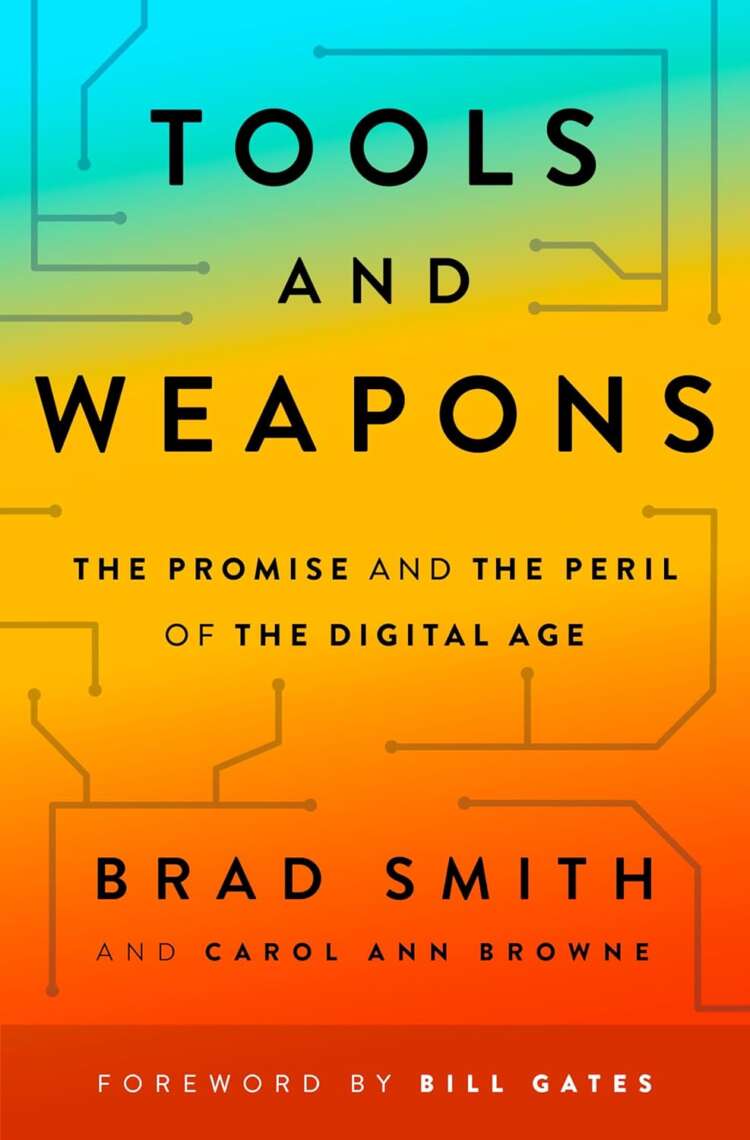
Stephen Hawking was just 21 when he was diagnosed with amyotrophic lateral sclerosis (ALS), a degenerative disease of the motor neurons that almost always causes death within two to five years after diagnosis, with only one in 20 patients living for 20 or more years.
He lived with it for 55 years and is noted for his breakthrough research on black holes, described as “some of the strangest and most fascinating objects in outer space” – and seminal books like “A Brief History of Time” and co-author of “The Grand Design”.
He was confined to a wheelchair for the major portion of his life, with a “peg” inserted in his belly through which his “carers” injected fluids and vitamins — he took 80 pills a day — directly into his stomach and fed him through an oversized spoon. He communicated through a speech-generating device, using a single cheek muscle to type out words and sentences on a computer.
A lesser mortal would have long thrown in the towel but not Hawking, as Leonard Mlodinow, himself a theoretical physicist and co-author of “The Grand Design”, writes in “Stephen Hawking — A Memoir of Friendship and Physics” (Allen Lane/Penguin Random House) — a heart-warming saga of what a human being can achieve, no matter what the odds.
“After his diagnosis, it took about a year of intense emotional struggle for Stephen to come to grips with is fate. In defining an ever-growing universe of physical activities he could not do, his disease magnified the value of the mental activities he could. It left him with a choice of wasting away in spirit as well as body or finding a world of the mind in which he could still function. Where some in his situation would have found God, Stephen found physics. He decided to finish his Ph. D. (from Cambridge). He found to his surprise, that he liked the work,” writes Mlodinow, who closely worked with Hawking for 11 years on (the condensed) “A Briefer History of Time” and “The Grand Design”.
Hawking’s career started after his doctoral dissertation, written in 1966, when he was 24.
“In that work, he showed that Einstein’s general relativity required that the universe had begun with the big bang. That made him famous in the cosmology world, but not yet the dominant figure that he would later become. His dominance grew out of his next project, in which he combined general relativity and quantum theory, conflicting theories that presented vastly different conceptualizations of the universe, of the nature of space and time, of force, of motion, even of the sense in which the present affects the future.

“It was in his embrace of the contradictions in those two theories that one sees the roots of his ideas about mode-dependant realism. And in deftly moving back and forth between those two theories, he became the first to apply both to the same important physical process, this leading the way for others. That work was his research on black holes, culminating in his discovery of what is now called Hawking radiation,” Mlodinow, who constantly shuttled between Caltech, where he taught, and Cambridge during the collaboration, writes.
“Hawking radiation was important because it represented the first important instance in which general relativity and quantum theory were applied to the same system. We still have no complete theory of quantum gravity, but by having black holes as a mathematical laboratory for mixing general relativity and quantum theory, physicists have been able to learn something about the properties and principles of that elusive theory,” Mlodinow writes.
So, how is it that Hawking was never considered for the Nobel prize?
“One consistent principle the Nobel committee seems to adhere to is that a theoretical advance will not bring a prize unless it is confirmed by observation or experiment” and indirect evidence supporting Hawking radiation finally came only in 2019, a little more than a year after his death.
“Had Stephen survived, that might have been enough for the Nobel committee, but another thing, the Nobel committee does not do is make posthumous awards,” Mlodinow rues.
Interspersed with all this, is the human element.
“That Stephen attracted nurturing (from a veritable army of carers, friends and admirers) was easy to understand. But he also attracted affection. I felt that for him almost from the start. Part of it was his eyes, blue and full of character. They could impart great warmth. They could speak to you. They could make you feel connected. To those who were his friends, they were affectionate. To those who didn’t know him, they were inviting. To those who were annoyed with him, they were disarming. When he was in pain, he’d scrunch them up, and you’d feel that, too. And if you made him angry, his eyes made you wish you hadn’t,” Mlodinow writes.
That’s not all.
“There are many words one could use to describe Stephen. Courageous. Stubborn. Skeptical. Visual. Passionate. Playful. Determined, Brilliant. Fun-loving…In the eyes of the public, Stephen quickly became not one of the greatest physicists of his generation, but one of the greatest minds since Plato…Stephen’s fame didn’t go to his head. He’d always had a certain arrogance e as do most people who are that smart and accomplished e but he also appreciated that, smart as he was, nature is smarter, as all theorists know from experience,” Mlodinow writes.

Thus, the completion of “The Grand Design” was the “end of an era” in Mlodinow’s life and he wondered whether their paths would cross again.
“After being together in the trenches for years, writing two books, arguing cooperating sharing our meals and our thoughts would our connections now fade,” he wondered.
In fact, due to their differing schedules, they rarely met in the four years after the completion of the second book and Hawking’s death on March 14, 2018.
“His passing has left a black hole in the lives of all who were his friends,” Mlodinow concludes.








